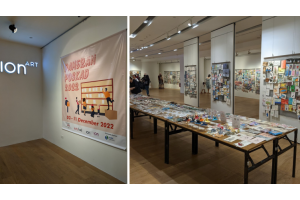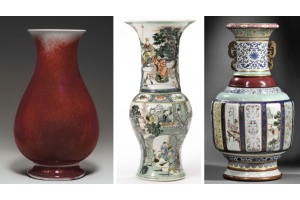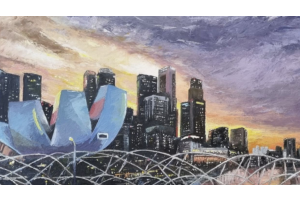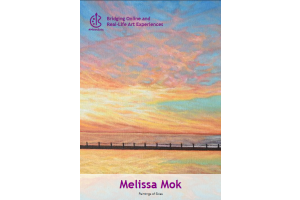Embracing Hope: The Journey from Darkness to Light
-
November 06, 2023
Artists
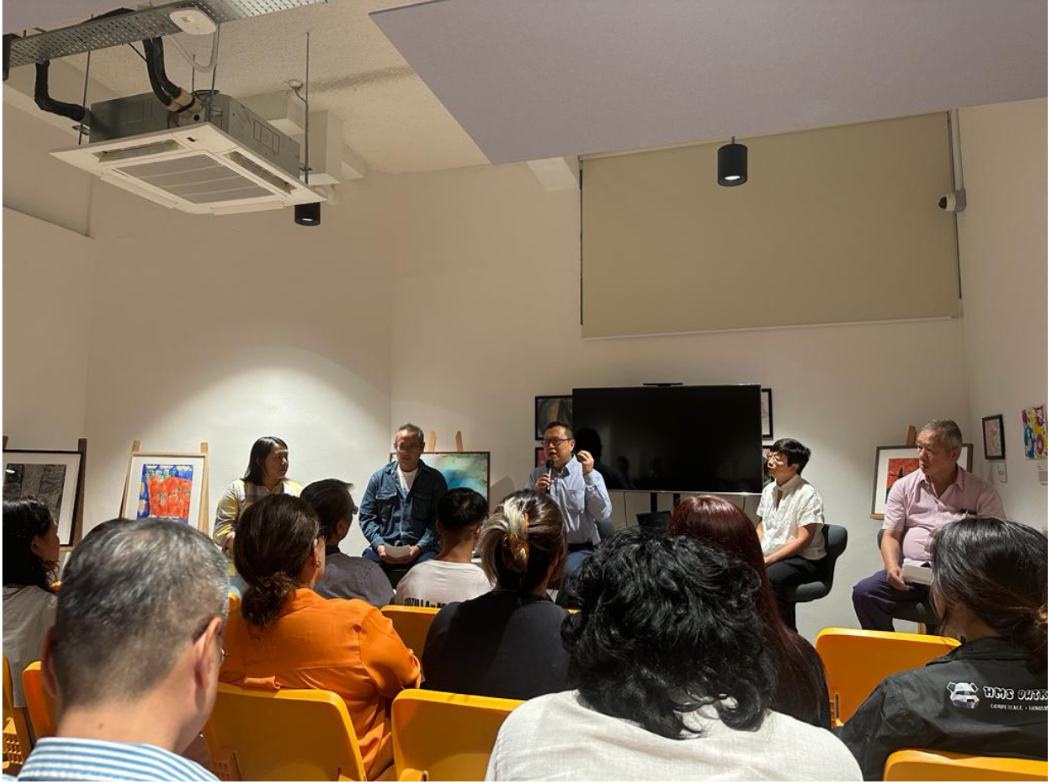
Written by: Ooi Jian Hui
I had the opportunity to attend a truly remarkable panel discussion that illuminated the power of art therapy in the lives of individuals recovering from schizophrenia. The insights and personal stories shared during the event not only touched my heart but also shattered the misconceptions and stigma associated with mental health conditions.
Dr. Ong Say How, Senior consultant and Chief of Department of Developmental Psychiatry, Institute of Mental Health, spoke eloquently about the harrowing onset of schizophrenia. He emphasized that it's crucial to understand that individuals with mental illnesses, including schizophrenia and bipolar disorder, can be mentally stable enough to complete their education. It's a ray of hope amidst the darkness that often shrouds these conditions. While schizophrenia may appear terrifying, it's not the life sentence many perceive it to be. Despite its lack of a cure, it is highly treatable, and individuals can experience remission, living free from its debilitating symptoms.
Schizophrenia is deeply rooted in structural and chemical changes in the brain, particularly the deficiency of neurotransmitters like dopamine. The wonderful revelation was that various therapies, including psychotherapy, music therapy, and art therapy, can make a tremendous difference. Art therapy, in particular, has a unique ability to reform, recreate, revive, and restore the lives of those who have experienced the daunting challenges of schizophrenia.
Jane Goh, the deputy director of SAMH Creative & Youth Services, shared her inspiring journey in spearheading art therapy as a means of healing and recovery. The passion in her voice was palpable as she explained her belief in the transformative power of art therapy. The perseverance she exhibited, even when art therapy was a lesser-known profession, was both commendable and humbling.
The event became even more heartwarming as we delved into the deeply personal stories of two individuals, each on their unique journey to recovery through art.
Case 1: A man in his 50s, suffering from chronic schizophrenia, embarked on his art therapy journey. He had been transferred to SAMH due to his excessive use of art materials in his previous institution, which couldn't afford to keep buying crayons for just one patient. In the skilled hands of Ms. Goh, he was introduced to the world of oil painting. With a palette knife, he boldly expressed himself in vivid colors, creating artwork that spoke volumes. His paintings carried the history of his life as a sailor, a job he cherished and took pride in. The transition in his artwork was astonishing, reflecting his journey of energy, change, and reconnection with society. Tragically, he passed away, but not before leaving a legacy through his art. Through art, he found a window when a door had closed.
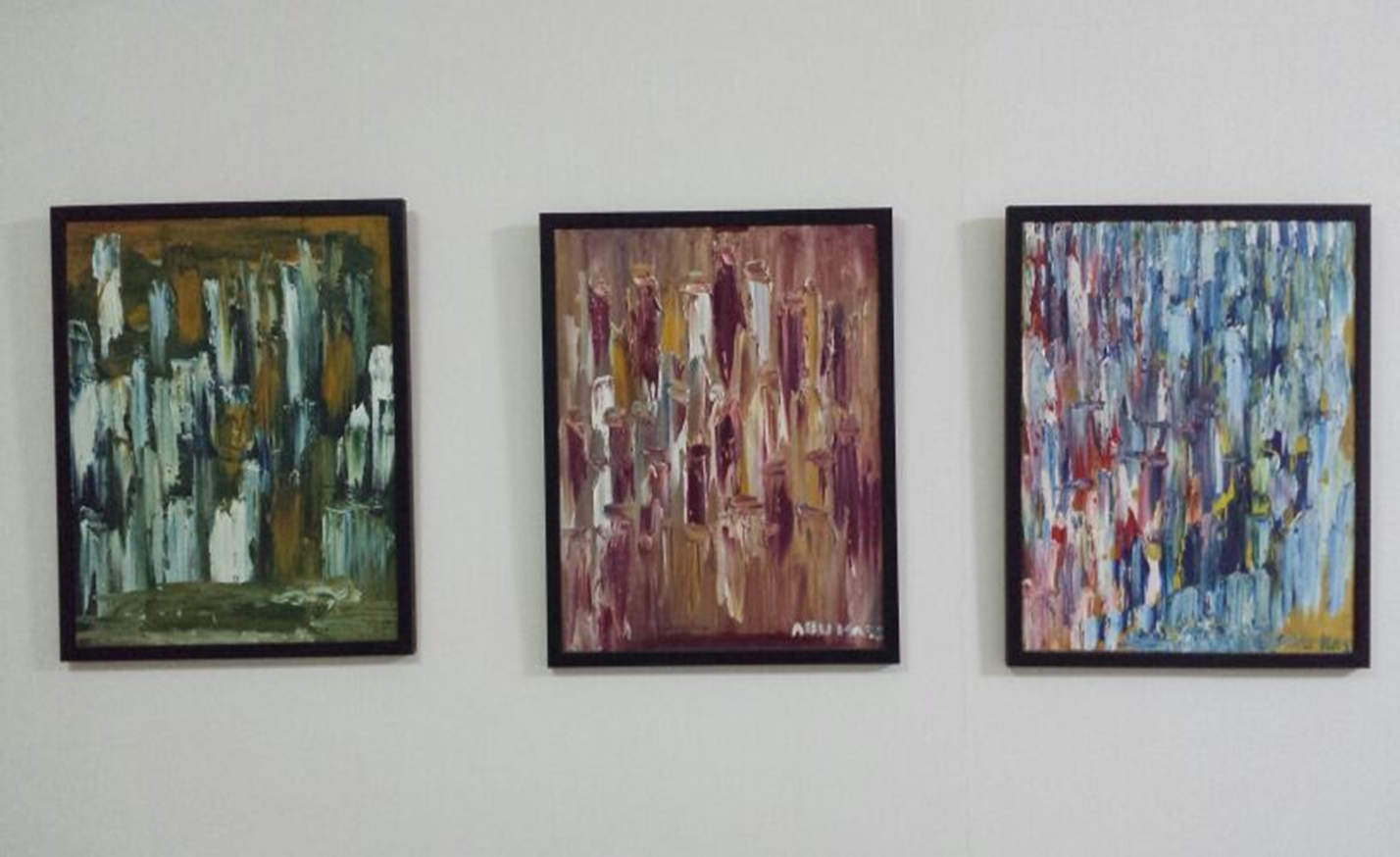 The Waterfall
The Waterfall
Case 2: Another man, in his late 60s and suffering from chronic schizophrenia, took the plunge into art therapy. He began painting landscapes and slowly embraced larger canvases. Over time, he ventured into new territory by introducing living creatures into his still life scenes. Through his journey, he regained confidence, increased self-esteem, and rekindled a relationship with his long-lost sister. His art not only improved his quality of life but also provided a source of financial stability in his later years.
The power of art therapy extends far beyond artistic expression. It offers individuals the chance to learn new skills, reintegrate into their communities, become self-sufficient, regain self-confidence, stimulate creativity, explore self-identity, and process and relieve internal conflicts. Through art therapy, individuals can redefine, reframe, and reconcile their past experiences.
The personal accounts of individuals in various stages of recovery were particularly moving. Steven's story, shared through trembling hands and tear-filled eyes, was a testament to the immense challenges one can face when battling schizophrenia. His emotional journey from an inferior boy to a young man battling love and high school complications resonated with the audience. His battle with aquaphobia and hallucinations exposed the fears that had gripped him for so long. Yet, his story was one of triumph, resilience, and newfound strength, thanks to the support of his family and the therapies he received.
Choon Heng, another brave soul, recounted his journey. From being unable to differentiate hallucination from reality and wandering the streets of Geylang, he was brought back from the precipice. With the support of art therapeutic intervention, his life transformed as he embraced the pointillism technique. With each point meticulously added to his canvas, his physical symptoms and mental state improved. Art became his refuge, offering solace, structure, and connection. His story is a testament to the healing power of art.
This captivating event reminded me of the importance of looking beyond the label of mental illness to recognize the strength, resilience, and potential within each individual. Schizophrenia is not the person; it is a condition they manage.
Let us move forward with a deep sense of compassion and understanding, looking beyond the surface to recognize the incredible individuals who have embarked on this courageous journey of recovery.


 PREVIOUS ARTICLE
PREVIOUS ARTICLE 

